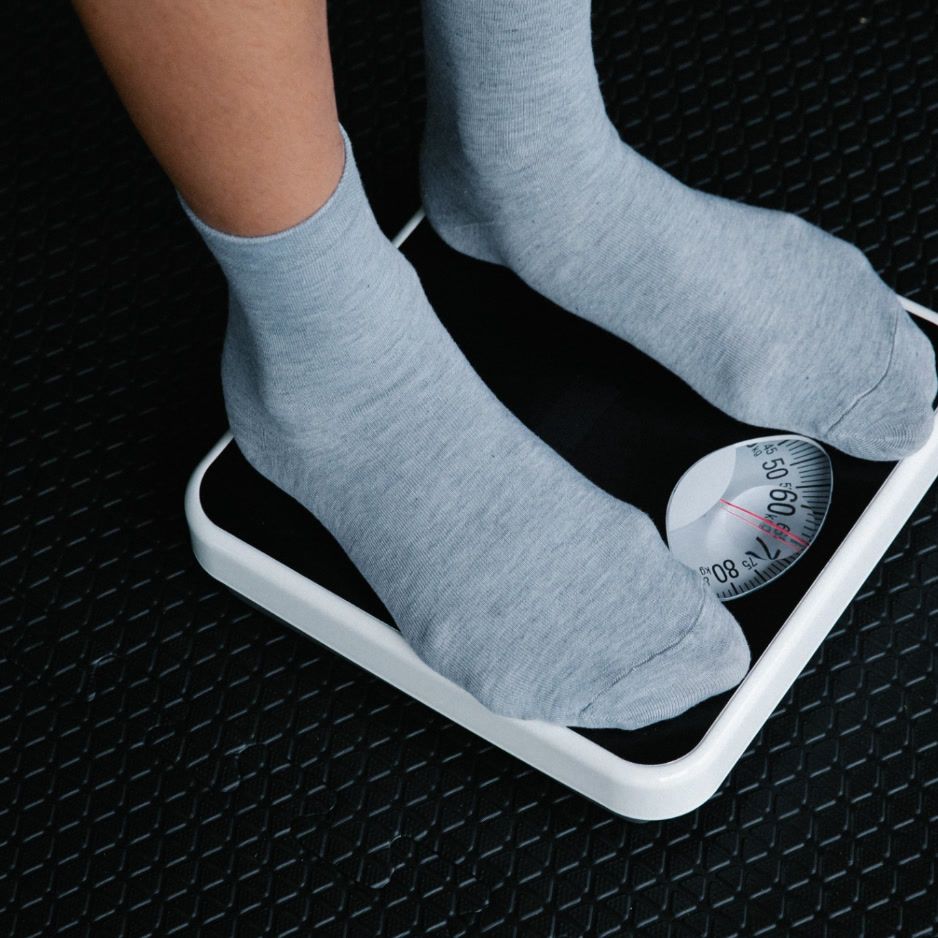Jogging for Weight Loss: A Science-Backed Guide

Jogging for Weight Loss: A Science-Backed Guide
Jogging for weight loss is one of the simplest, most budget-friendly ways to shed body fat—provided you follow a structured plan. This guide breaks down the science, sample training schedules, calorie-burn math, and injury-proof habits you need to turn every step into sustainable fat loss.
Table of Contents
- Why Jogging Works for Weight Loss
- Jogging vs. Walking vs. Running: What’s the Difference?
- How Many Calories Does Jogging Burn? (Chart)
- Beginner 8-Week Walk-Jog Plan
- Plateau-Busting Intervals for Intermediate Joggers
- Joint-Friendly Tips for 50+ or Prediabetic Joggers
- Nutrition & Recovery: Fueling Your Fat-Loss Jog Plan
- Tracking Progress With DEXA & Other Metrics
- FAQs
1. Why Jogging Works for Weight Loss
Jogging lands in the aerobic “Goldilocks zone”: intense enough to torch calories but gentle enough to repeat several times per week—when following a properly structured plan—with a lower risk of overtraining compared to high-intensity running. Regular jogs elevate total daily energy expenditure, improve insulin sensitivity, and may trigger the afterburn effect—formally called excess post-exercise oxygen consumption (EPOC)—that keeps your metabolism slightly elevated for hours afterward.
Jogging and Visceral Fat
A 2013 meta-analysis found that moderate- to high-intensity aerobic exercise—even without dietary changes—significantly reduces visceral adipose tissue in overweight adults.
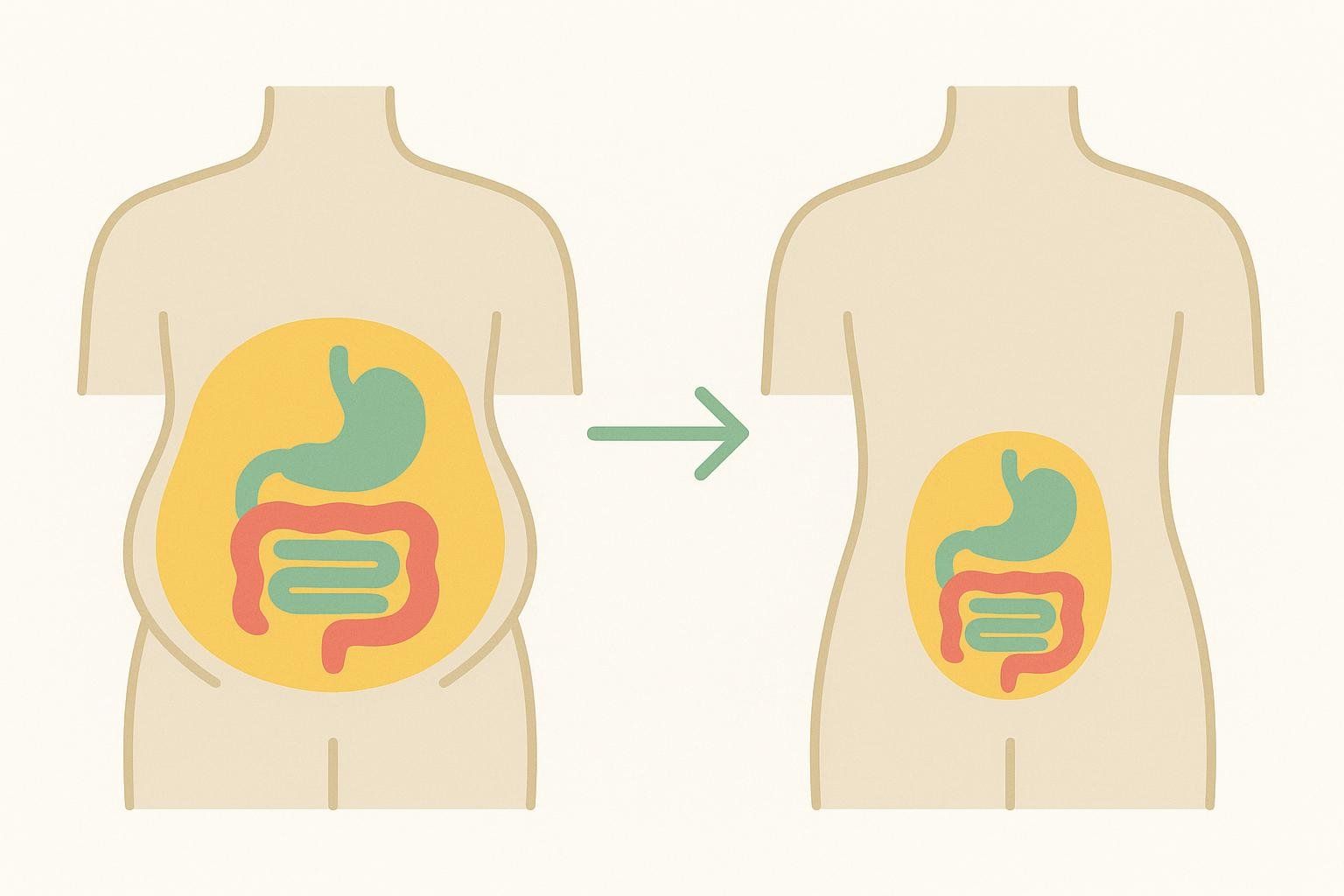
Want objective proof? A BodySpec DEXA scan quantifies visceral fat down to the gram so you can track hidden fat loss after just a few training blocks.
2. Jogging vs. Walking vs. Running: What’s the Difference?
| Metric | Walking | Jogging | Running |
|---|---|---|---|
| Typical Pace (mph) | ≤ 4 | 4–6 | ≥ 6 |
| Intensity (METs) | 3–6 | 6–9 | 9–14 |
| Impact Stress | Low | Moderate | High |
| Primary Audience | Beginners, injury rehab | Weight-loss seekers, general fitness | Performance athletes |
Jogging sits sweetly between walking’s low energy burn and running’s high orthopedic load. It’s ideal for:
- Busy professionals aiming for ≈ 300 kcal/30 min sessions without hour-long walks.
- Recreational runners stuck on a plateau who need aerobic volume without added injury risk.
- Older adults seeking cardiovascular gains but wary of sprint-induced joint pain.
For more detail on pacing and mileage, see our guide How Much Running to Lose Weight?.
3. How Many Calories Does Jogging Burn? (Chart)
A time-honored rule of thumb is ≈ 100 calories per mile for a 155-lb (70-kg) jogger. Actual burn depends mainly on body weight and running economy. The table below assumes a consistent jogging pace of 11:00 minutes per mile on flat ground.
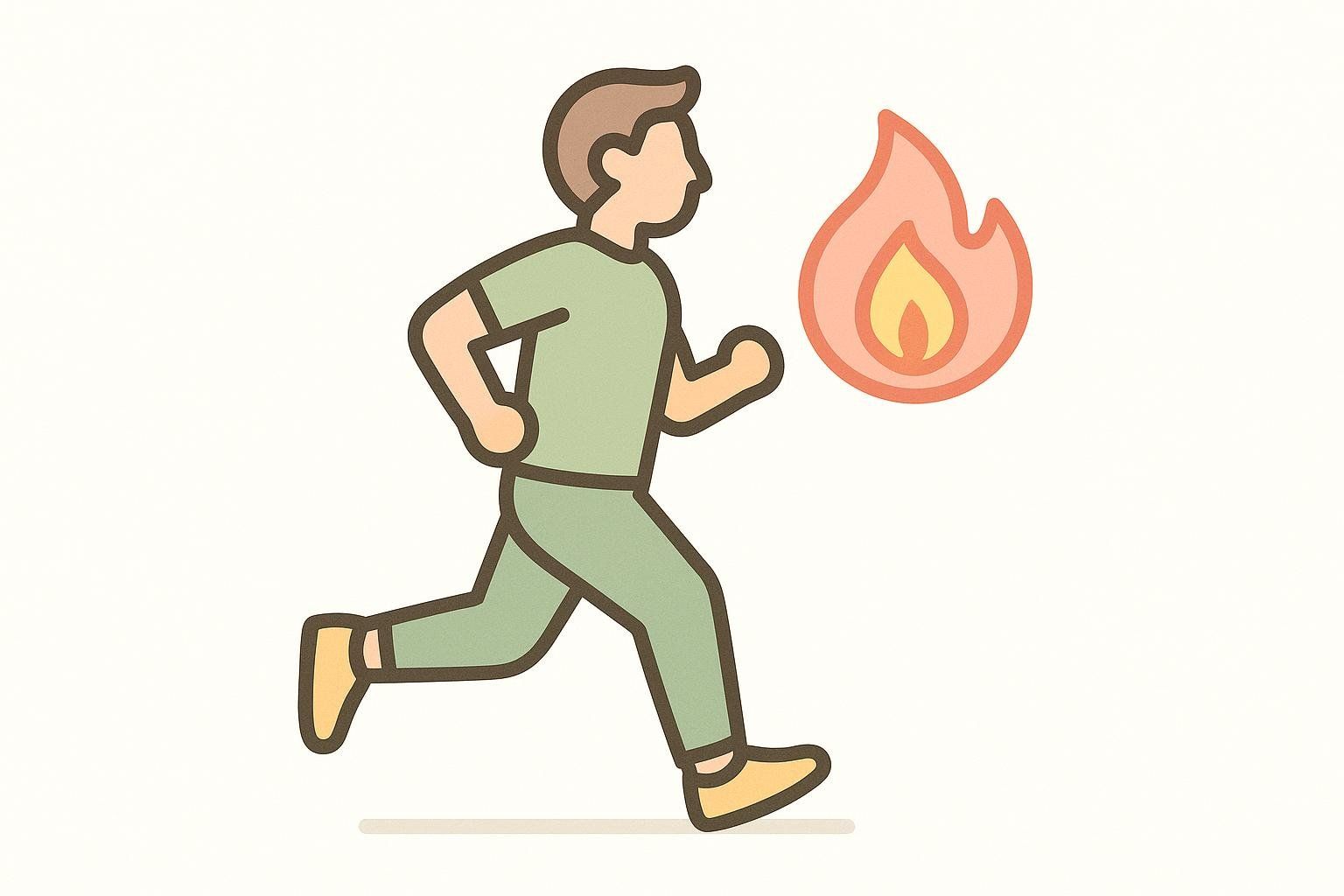
| Body Weight | Calories Burned per Mile* |
|---|---|
| 120 lb (54 kg) | ~ 90 cal |
| 155 lb (70 kg) | ~ 105 cal |
| 200 lb (91 kg) | ~ 130 cal |
*Estimates derived from the Compendium of Physical Activities (MET ≈ 8) and adjusted for body mass.
EPOC bonus: Interval or hill jogs can raise calorie expenditure by an additional 6–15 % over the 24 hours after training, according to research from the American Council on Exercise.
4. Beginner 8-Week Walk-Jog Plan
“5× (1 min jog / 4 min walk)” means repeat a 1-minute jog followed by a 4-minute walk five times. Perform each workout three times per week on non-consecutive days.
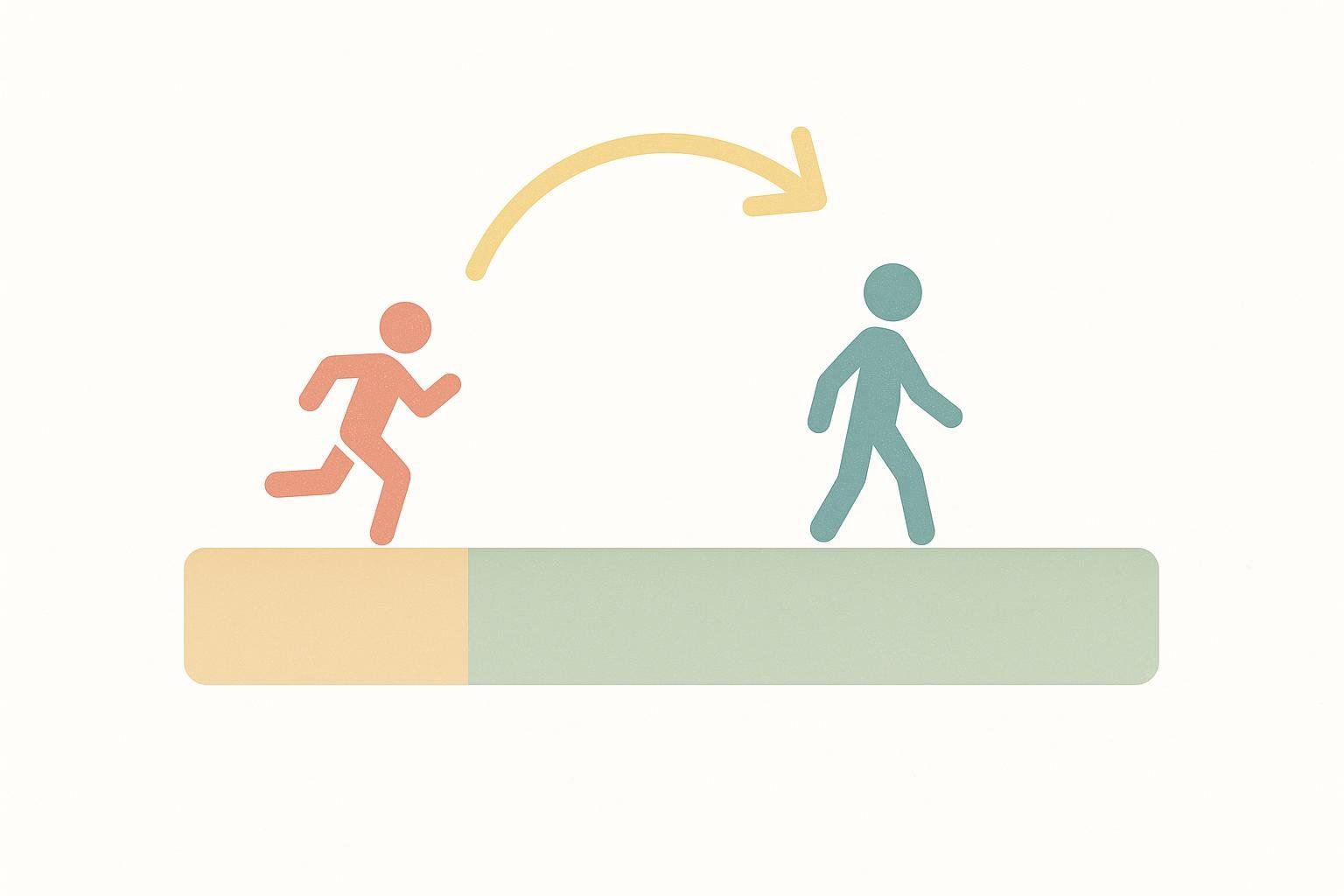
| Week | Workout (3× per week) |
|---|---|
| 1 | 5× (1 min jog / 4 min walk) |
| 2 | 6× (1 min jog / 3 min walk) |
| 3 | 5× (2 min jog / 3 min walk) |
| 4 | 4× (3 min jog / 2 min walk) |
| 5 | 4× (4 min jog / 1 min walk) |
| 6 | 3× (6 min jog / 1 min walk) |
| 7 | 2× (10 min jog / 1 min walk) |
| 8 | Continuous 30-min jog |
Helpful add-on: Warm up first with the dynamic routine in Mobility Drills for Office Workers, Runners & Seniors.
5. Plateau-Busting Intervals (Intermediate)
If you’re already jogging three or more days a week but fat loss has stalled, substitute one steady session with an interval workout:
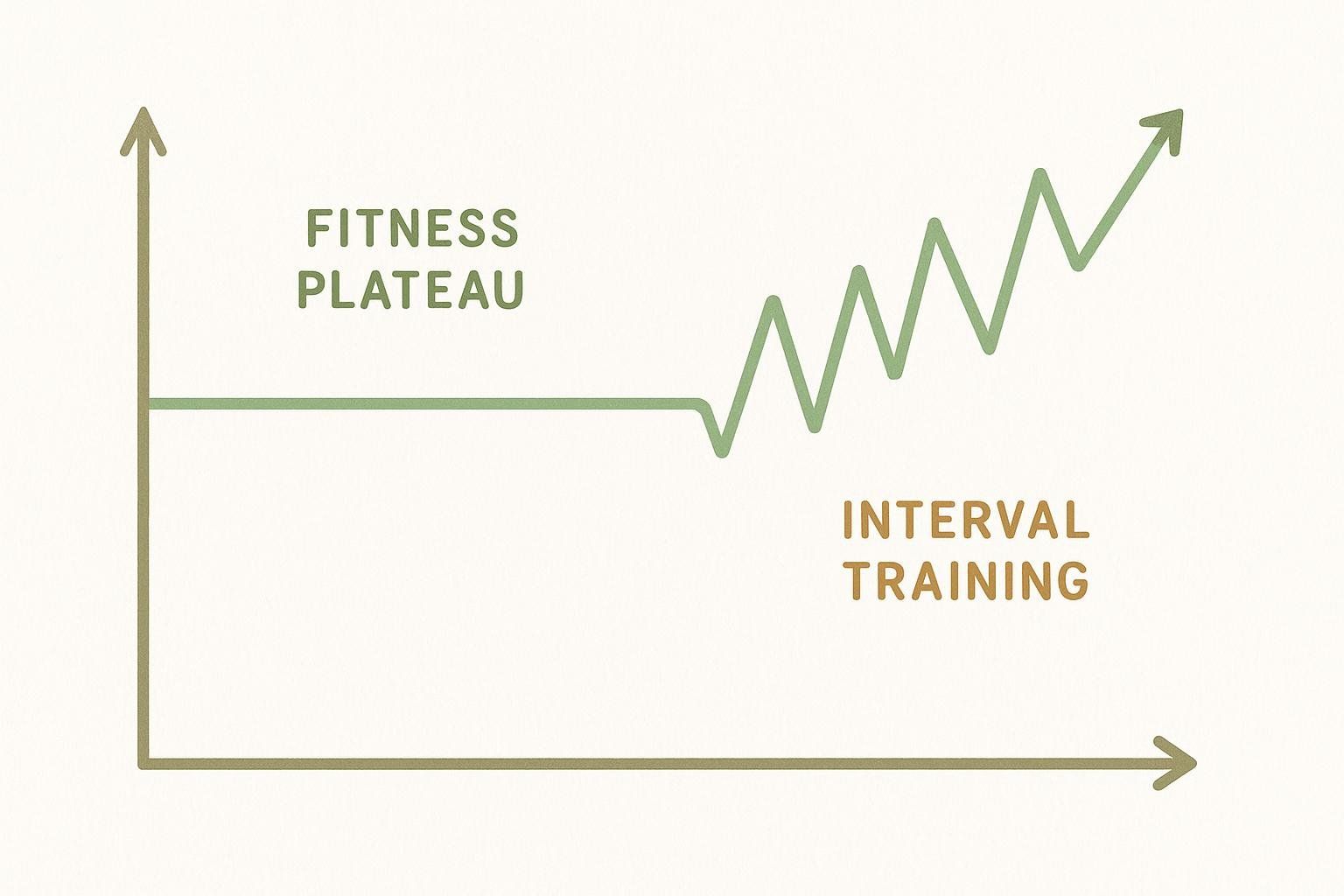
Tempo Intervals
Begin with a 10-minute easy warm-up, then alternate 4 sets of 3 minutes at a comfortably hard pace with 2 minutes of easy jogging. Finish with a 10-minute cool-down.
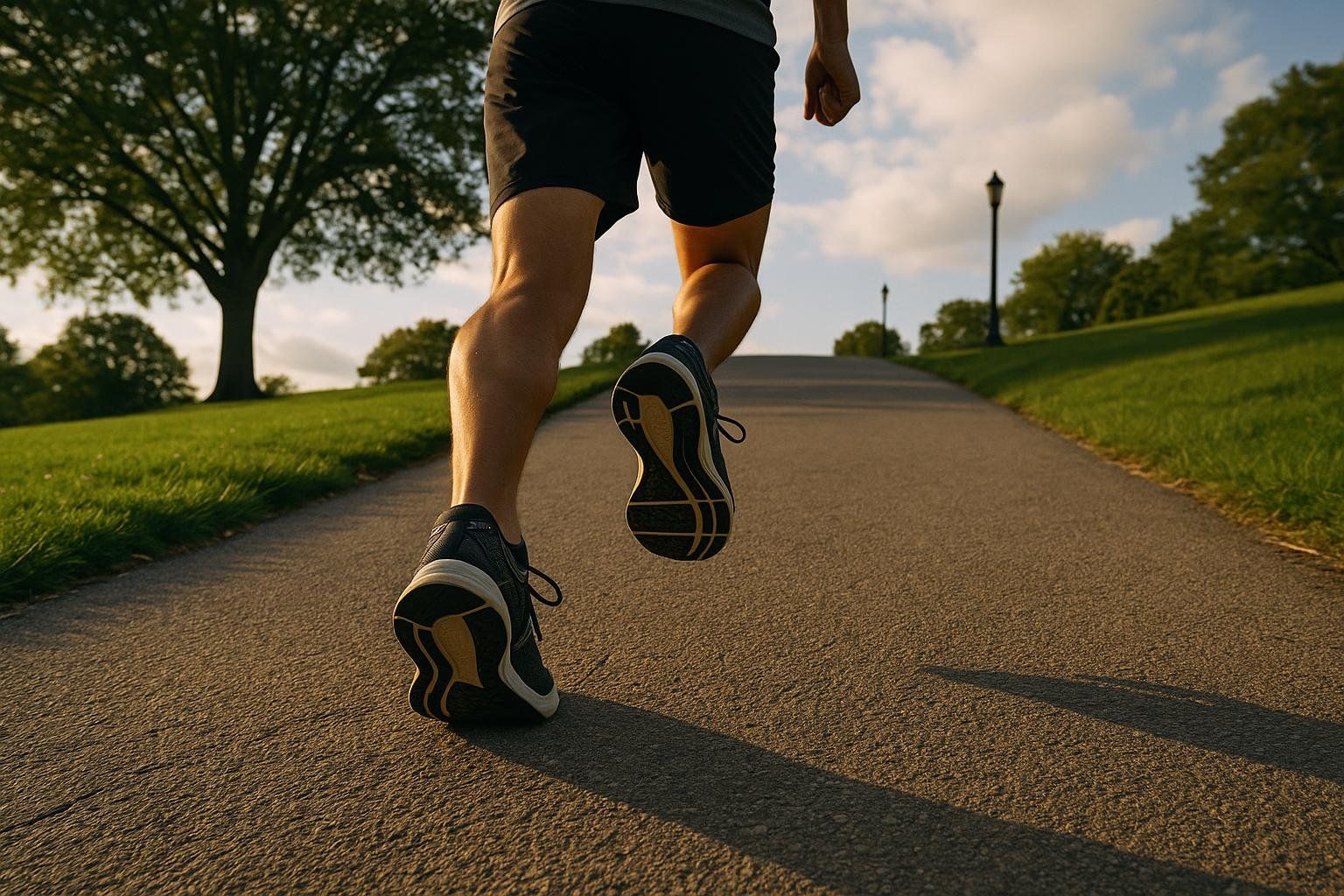
Hill Repeats
Start with a 10-minute easy warm-up, then run up a moderate hill for 45–60 seconds at hard effort, walk back down for full recovery, and repeat 6–8 times. Conclude with a 10-minute cool-down.
For step-by-step speed progressions, explore our full article How to Run Faster.
6. Joint-Friendly Tips for 50+ or Prediabetic Joggers

• Choose forgiving terrain: Rubberized tracks or packed dirt generate lower peak impact accelerations than concrete, as demonstrated in 2023 research on running surfaces.
• Mind your cadence: Aim for ≥ 170 steps/min; higher step rates shorten stride length and reduce impact forces.
• Strengthen supportive muscles: A twice-weekly routine from Strength Training for Runners bolsters knee and hip stability.
• Track objectively: Quarterly DEXA scans monitor visceral fat and bone density—particularly valuable if osteoporosis risk is on your radar.
7. Nutrition & Recovery
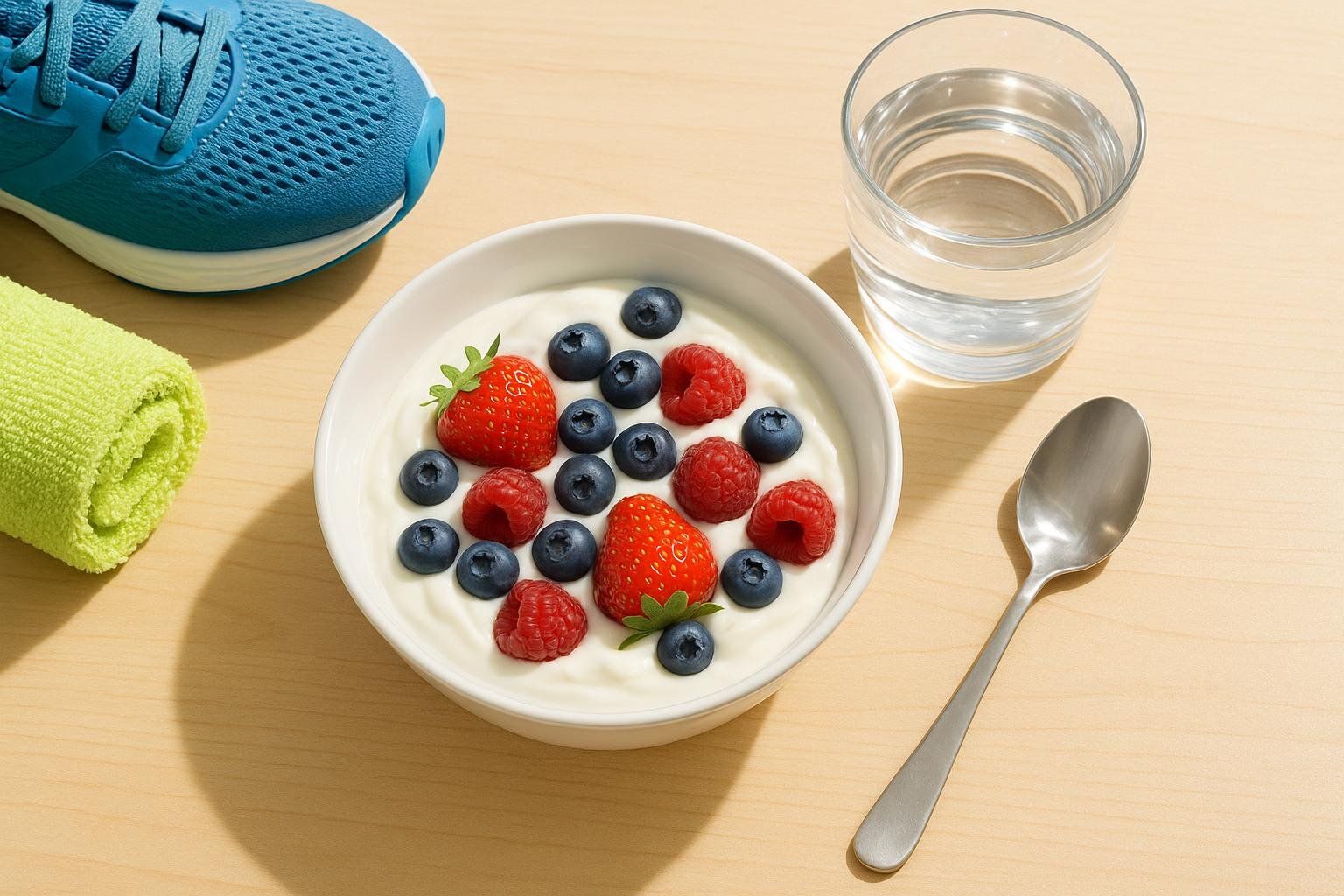
A daily protein intake of 0.7–1 g per pound of body weight supports muscle retention during a calorie deficit, according to the International Society of Sports Nutrition’s position stand on protein intake.
| When | What | Why |
|---|---|---|
| 60 min pre-jog | Banana + 1 tbsp nut butter | Quick carbs and light protein to curb hunger |
| Post-jog (≤ 60 min) | Greek yogurt + berries | ≈ 20 g protein aids muscle repair |
| Daily | Chicken breast, tofu, lentils, eggs | Supports muscle retention during a calorie deficit |
Top off recovery with 7–9 hours of sleep and the self-massage sequence in Foam Rolling After Workouts.
8. Tracking Progress With DEXA & Other Metrics
Scale weight can mislead; a DEXA scan distinguishes fat loss vs. muscle gain so you see the full picture. Pair quarterly scans with:
• Waist circumference
• Average weekly mileage & pace
• Resting heart rate
• Energy & mood journal
Ready to quantify your results? Book your scan at a BodySpec location near you.
9. FAQs
How long should I jog each day to lose weight?
Aim for 150–300 minutes of moderate cardio per week (roughly 30–45 min, 5 days) as per CDC guidelines. Our beginner plan meets this target with just three sessions.
Is jogging better than walking for belly fat?
Yes. Jogging burns more calories per minute and shows greater visceral-fat reduction, while walking remains an excellent entry point for true beginners.
Can I jog every day?
You can—but most bodies benefit from at least one full rest day and one cross-training day to prevent overuse injuries.
Get Started Today
Begin with Week 1 of the plan, and schedule your baseline DEXA scan to lock in your starting point. Consistent, data-driven jogging will have you shedding fat, boosting mood, and surprising yourself with how far—and how fast—you can go.

